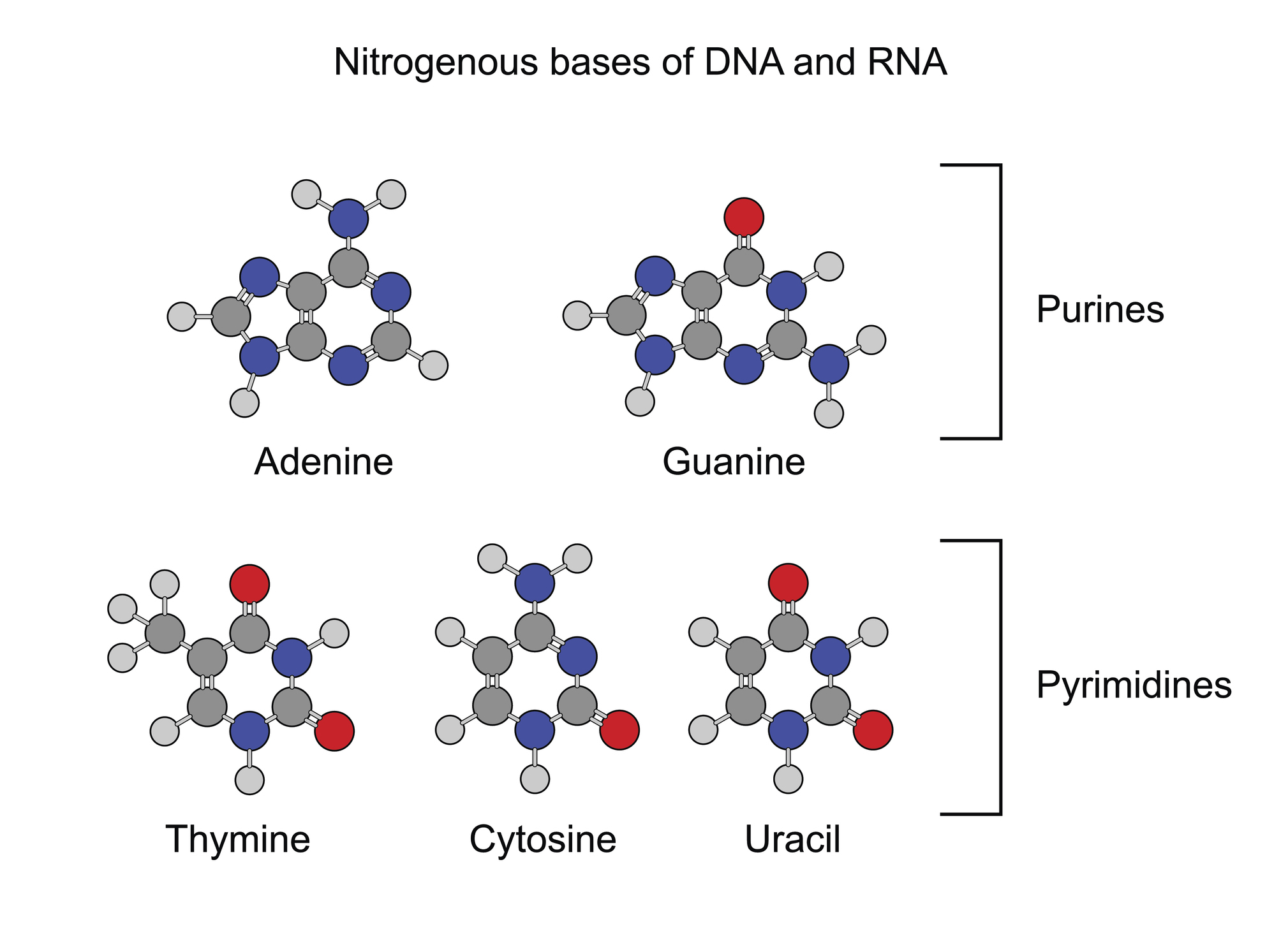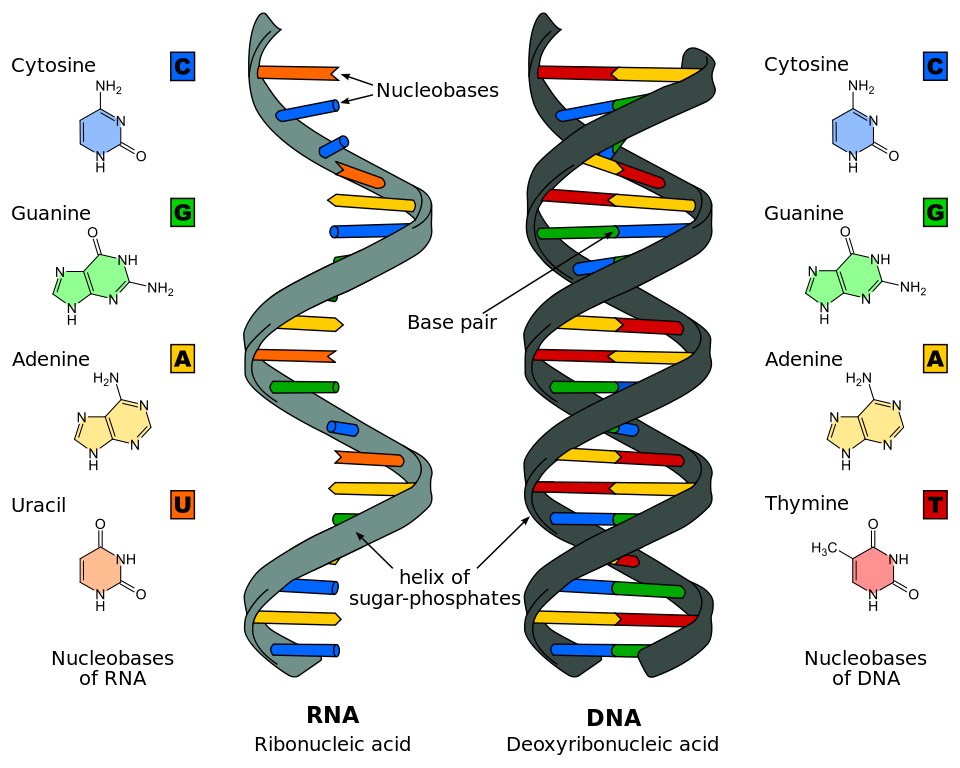Products You May Like
We still don’t know just how the first life emerged on Earth. One suggestion is that the building blocks arrived here from space; now, a new study of several carbon-rich meteorites has added weight to this idea.
Using new, extremely sensitive analysis techniques for these meteorites, a team led by scientists from Hokkaido University in Japan detected organic compounds that form the very backbone of the nucleic acid molecules common to all life as we know it – DNA and RNA.
The researchers analyzed three carbon-rich meteorites: the Murchison meteorite which landed in Australia in 1969, the Murray meteorite which landed in Kentucky in 1950, and the Tagish Lake meteorite which fell to Earth in 2000, landing in British Columbia.
While the meteorites impacted our planet quite recently, they are truly old space rocks, likely to have been around in the early stages of the Solar System or even before.
Carbon-rich meteorites are a treasure trove of organic compounds. When it comes to the emergence of DNA and RNA molecules on Earth, the compounds we’re especially interested in are nucleobases – the bits that stack together, forming the long chains of genetic information.
There are two main classes of nucleobases: pyrimidines and purines. Thanks to the incredible sensitivity of their analysis techniques, the authors of the new study detected several pyrimidines in their meteorite samples that had previously escaped detection.
“We detected a wide variety of pyrimidine nucleobases and their structural isomers from both Murchison extracts, most of which had not been previously detected in meteorites,” the team writes in their paper.
 (chromatos/Getty Images)
(chromatos/Getty Images)
Experiments that had simulated the contents of space materials had suggested the presence of various nucleobases ‘out there’, “suggesting that these classes of organic compounds are ubiquitously present in extraterrestrial environments both inside and outside the Solar System”, the team writes.
Why are these compounds so important? Strands of DNA and RNA have a structural ‘backbone’ that is made up of a sugar-phosphate chain. Nucleobases attach themselves to these sugars; in DNA, they pair in specific ways, forming the ‘rungs’ in the helix-shaped ladder.
 (Wikimedia Commons/CC BY-SA 3.0)
(Wikimedia Commons/CC BY-SA 3.0)
Purine and pyrimidine nucleobases always bind together within DNA due to their structure and the types of hydrogen bonds they can form. This means the ratio of purine and pyrimidine nucleobases is always constant within the DNA molecule.
These nucleobases would have emerged through photochemical reactions among the various materials kicking around in space, even before the formation of the Solar System.
The authors suggest that during the late heavy bombardment period of early Earth, roughly 4 to 3.8 billion years ago, a diverse range of these building blocks could have been delivered to our planet via meteorite impacts.
“Therefore, the influx of such organics is considered to have played an important role in the chemical evolution of the Earth’s primordial stage,” they write.
We will get more insight into this idea as sample missions to asteroids Ryugu and Bennu provide us with more extraterrestrial material to study.
The uncontaminated samples will allow researchers to further establish whether these molecules could have been brought here by meteorites. We can’t wait.
The research was published in Nature Communications.
